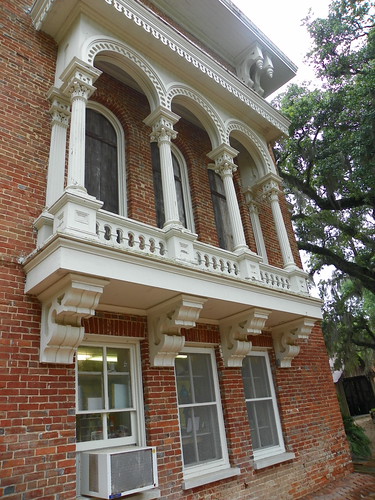The Natchez Trace is a 444 mile historical path that leads north from Natchez, Mississippi to Nashville, Tennessee. It follows a natural geologic ridge line that made it ideal for wildlife, Native Americans, and eventually European explorers and settlers to use for travel and transport.

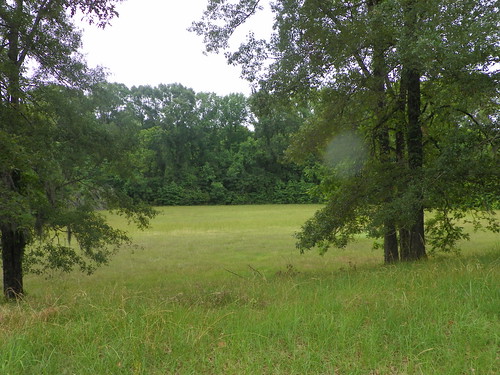




This is were our vacation started to metaphorically go south. I'd had some minor car problems. One day the floor on the passenger side of the car was soaked, the car had been leaking when we came out of the Opry, and it had rained all day. (The leak I had checked out in Memphis and it turned out to be condensation from the A/C ... whew!, but still stressful to deal with.)
As we pulled up the the visitors' center in Natchez, Cort exclaimed that we had new wet patches in the interior of the passenger foot well. When I leaned over to look something was definitely leaking from under the dashboard. It was about this time that I was officially done with sight seeing and ready to high-tail it to Texas. I didn't want to disappoint Cort, though, so I tried to stick it out. We went to the two plantation properties in Natchez that we'd talked about, Stanton Hall and Longwood.
Stanton Hall -

Stanton Hall is a Greek Revival mansion built in 1857 for Frederick Stanton, a cotton magnate. The house has started to receive occasional original furnishing that members of the family have decided to donate.

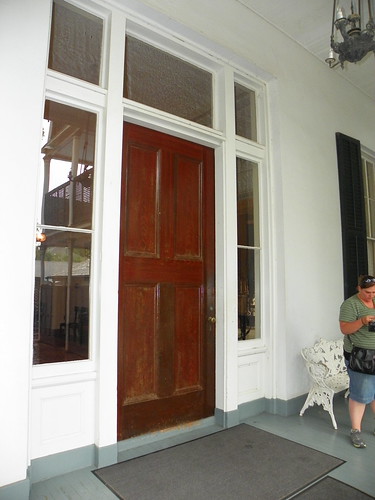
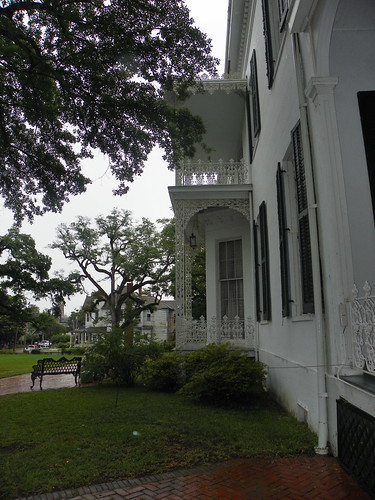
Longwood
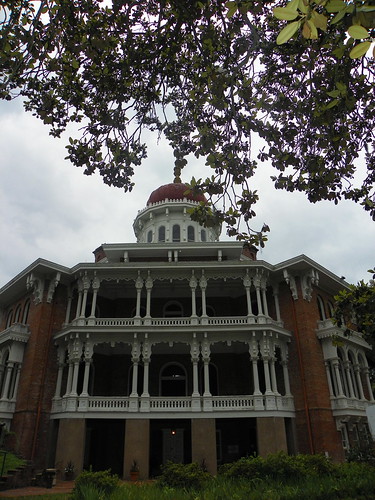
Longwood is the largest octogonal house in America and done in the "Oriental Villa" style. It was designed and begun in 1860 for wealthy cotton planter Haller Nutt and his wife Julia by Philadelphia architect Samuel Sloan. When the Civil War began, Sloan's Philly craftsmen fled north, unwilling to be caught in the conflict, so Nutt used local worker's to finish the basement living level. Nutt died in 1864 - after both the the North and the South burned his fields and warehouses. His wife, Julia, and their 8 children lived in the basement level until her death in 1897. Julia, unfortunately, put what little money Haller left in a Confederate bank and lost everything. She did manage to successfully sue the North for their destruction of Nutt's property and the settlement was able to pay the taxes on the property.
The mansion is maintained in its unfinished state as a reminder of the past glories and tragedies of the South.
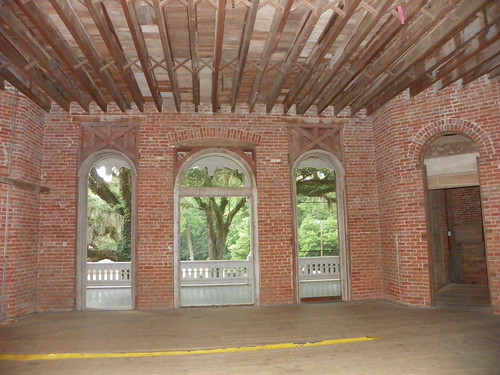
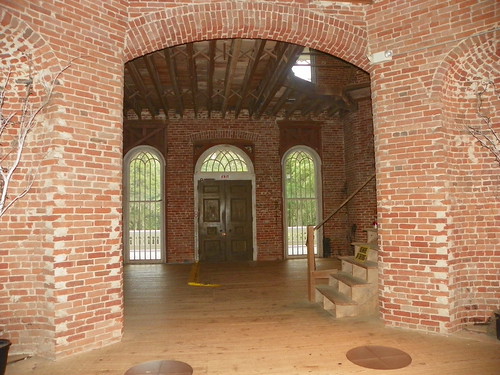

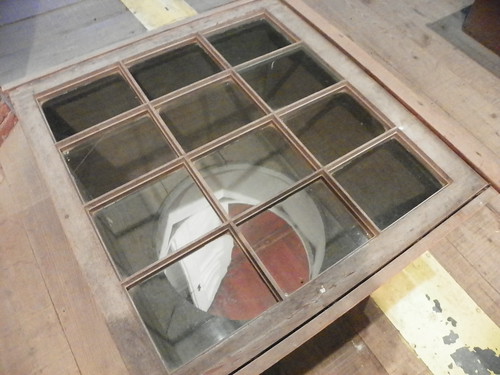
Looking down into the finished basement.

The house was supposed to have something like 20-ish fireplaces, but only 2 chimneys. They were going to accomplish this by having flues that curved around the exterior walls.
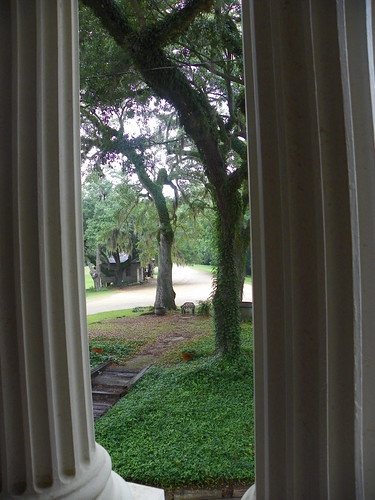

It a porch swing for babies!
